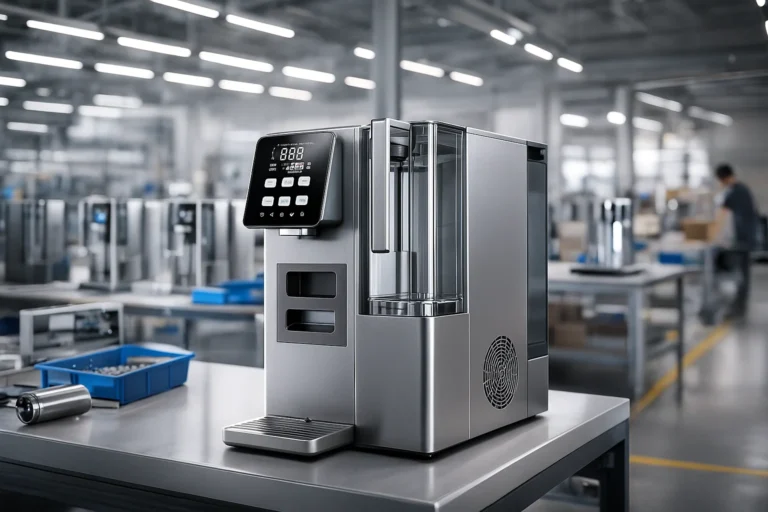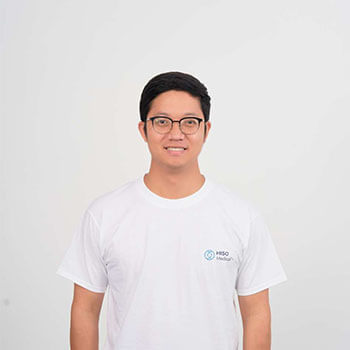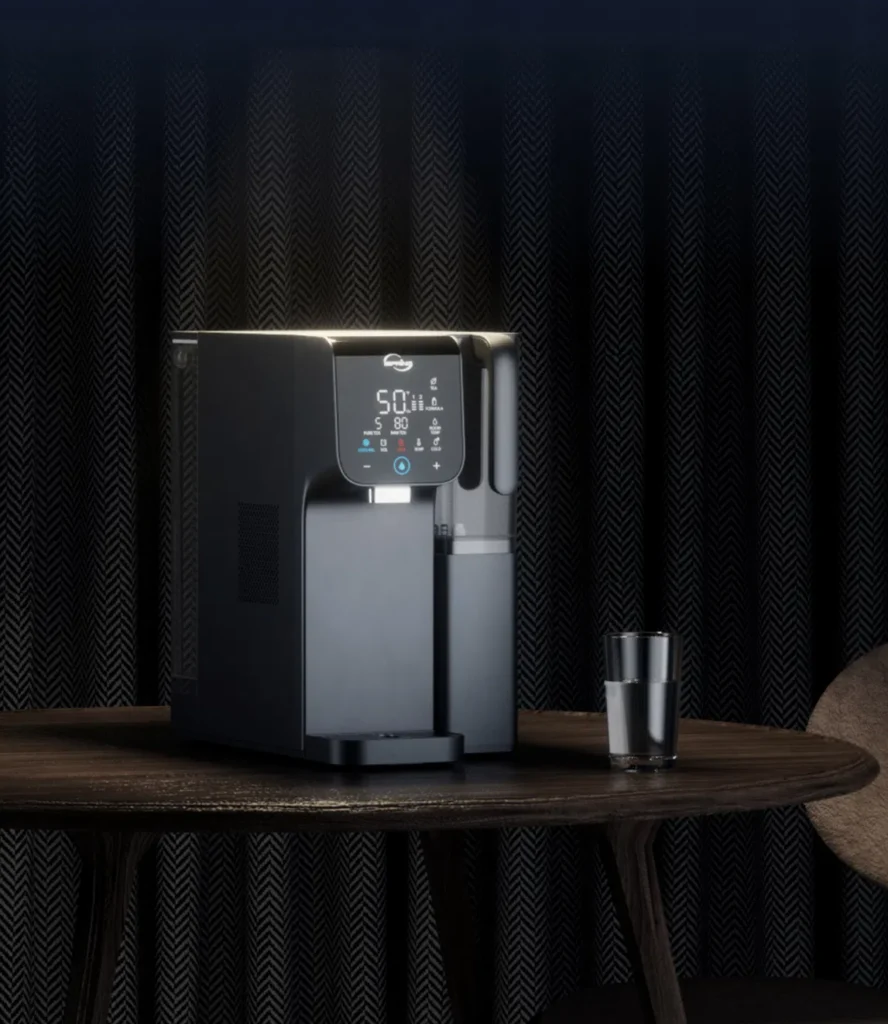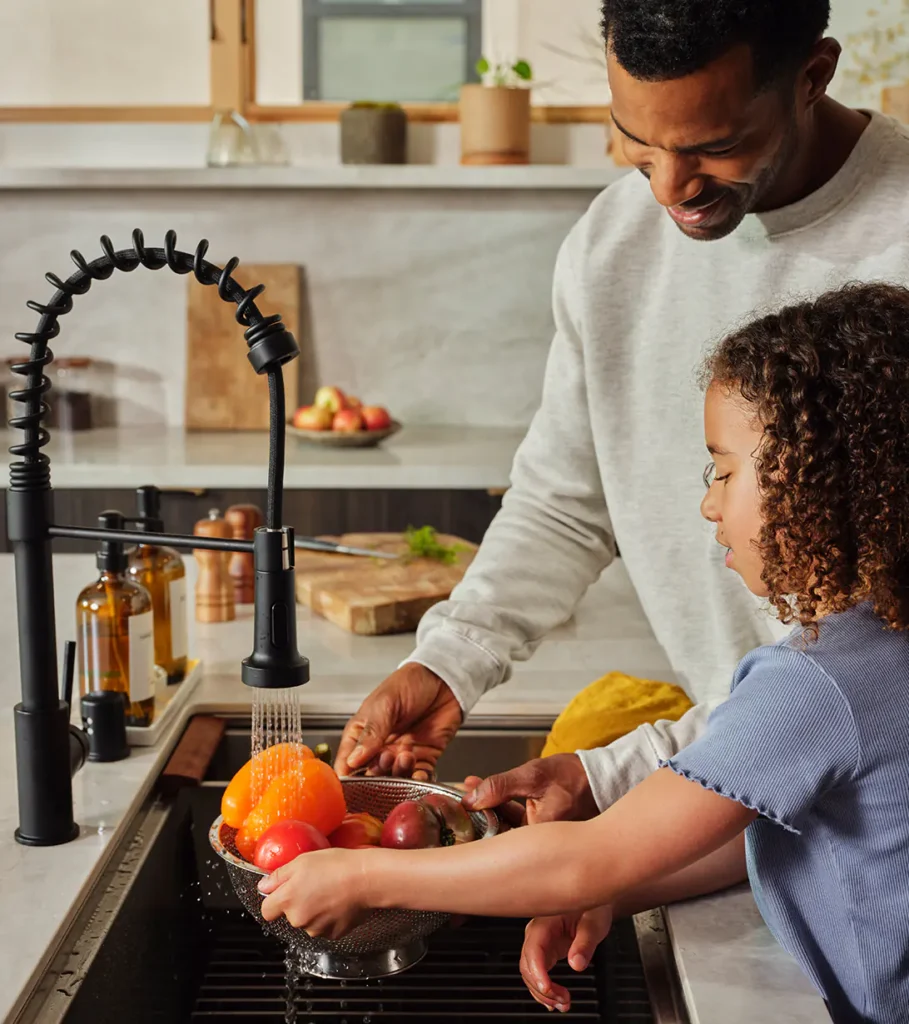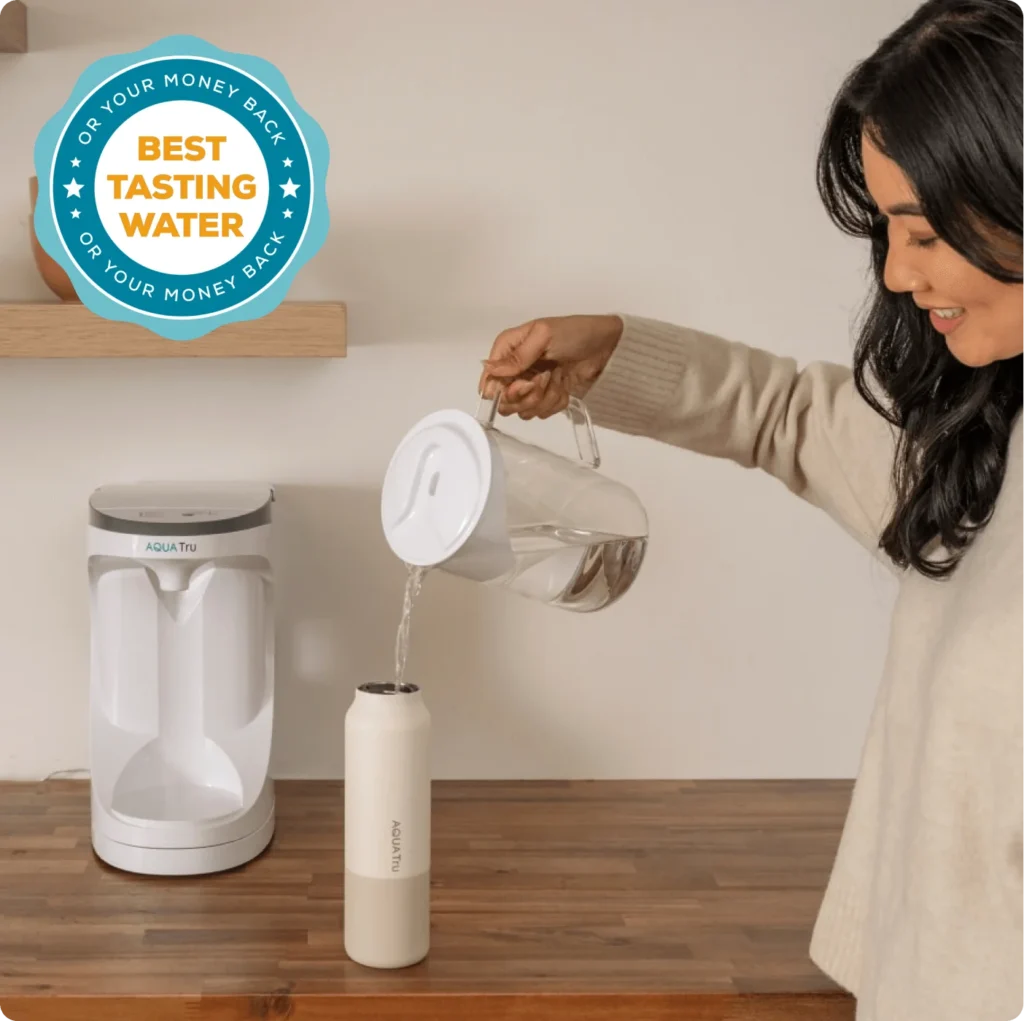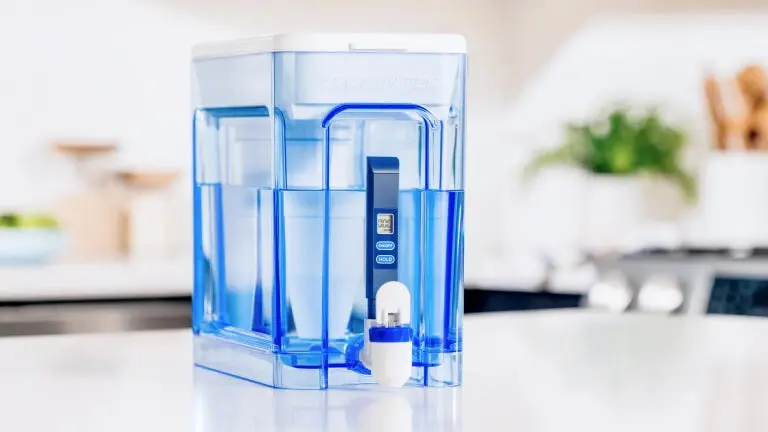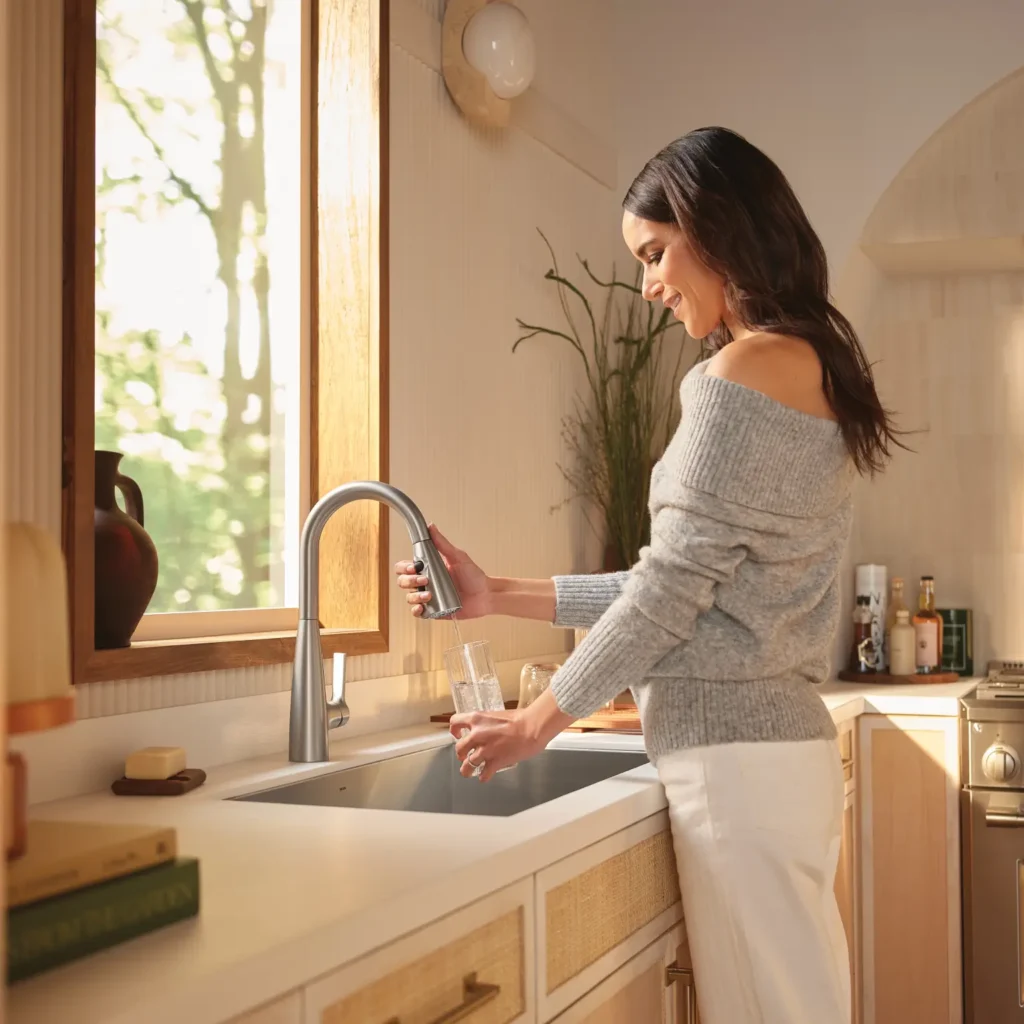When American consumers see the label "Made in USA" on a product—especially something as essential as a water purifier—it evokes trust, reliability, and a sense of national pride. For Culligan, one of the world’s most recognized names in residential and commercial water treatment, this perception is not just a marketing message—it's a carefully orchestrated global manufacturing strategy designed to preserve that trust while maximizing global operational efficiency.
But behind the stars-and-stripes sticker lies a nuanced, globalized operation. So, where are Culligan water purifiers really made? The short answer: across four continents, through a sophisticated blend of local assembly, global component sourcing, and strategic regional manufacturing.
This article dives deep into Culligan’s international manufacturing network, its key facilities, and how the company balances cost, quality, speed, and brand consistency in a highly competitive market.
Culligan’s Manufacturing Model: Global by Design, Local by Necessity
With customers in over 90 countries, Culligan cannot rely on a single production location. Instead, it embraces a hybrid model often described as “glocal”—a portmanteau of "global" and "local". This strategy allows the company to:
- Optimize costs by sourcing globally
- Customize for local regulations and preferences
- Preserve its premium “American-made” brand image where it matters
This dual-track approach—balancing standardized components with regionally adapted assembly and engineering—is the backbone of Culligan’s success in both B2B and D2C water purification markets.

“Made in USA” – More Than Just a Label
Culligan proudly marks many of its systems as “Made in the USA”, particularly in North America. This labeling, however, primarily refers to final assembly and testing, not necessarily the origin of every component.
Official documentation for models like the US-600A under-sink filtration system often state:
- “Designed and assembled in the U.S.”
- “Country of origin: USA (with globally sourced parts)”
- “Some components may originate outside the United States”
This is a legal and strategic designation, not a deception. According to FTC guidelines, if the final significant transformation and assembly occur in the U.S., a product can carry the "Made in USA" label, even if certain parts are imported. Culligan uses this standard to its full advantage.
This designation is especially powerful in markets like residential water softener systems, where consumers often prioritize domestic manufacturing due to safety and quality concerns.
Libertyville, Illinois – Culligan’s U.S. Manufacturing Flagship
Culligan’s largest and most advanced U.S. manufacturing facility is located in Libertyville, Illinois, a suburb of Chicago. This 217,000-square-foot facility, opened in 2013, is not just a factory—it’s a global innovation and engineering hub.
Highlights of the Libertyville Plant:
- 75,000 sq. ft. of dedicated manufacturing space
- Custom skid fabrication bays with 50,000-lb lift capacity
- On-site engineering and application teams
- Capacity for simultaneous construction of mobile water treatment systems
- Specialized for industrial-grade and engineered-to-order (ETO) water treatment systems
This site primarily serves as the center of excellence for Culligan’s Commercial & Industrial (C\&I) business in the Americas. Clients include pharmaceutical firms, data centers, hospitals, food manufacturers, and oil refineries—all of whom require customized, regulation-compliant, high-capacity purification systems.
Culligan’s Global Manufacturing Footprint
While Libertyville handles high-value industrial systems, Culligan maintains a diverse global network of facilities. Each plant plays a specific role in Culligan’s broader supply chain.
Bologna, Italy – EMEA Engineering & Assembly Hub
- Established: 1960
- Role: Manufacturing center for Europe, Middle East, and Africa (EMEA)
- Specialization: Medical systems, swimming pool filtration, industrial RO solutions
- Innovation: First to develop two-stage reverse osmosis for dialysis (1987)
Culligan Italiana acts as the mirror image of Libertyville for the EMEA market, offering localized engineering for European standards, CE compliance, and market-specific certifications. It is also a key export center for systems sold into Africa and the Middle East.
Suzhou, China – High-Volume Filter Manufacturing
- Function: Global production center for filters and cartridges
- Products: RO membranes, carbon filters, inline sediment cartridges
- Strategy: Manufacture consumables offshore to reduce costs
Interestingly, Culligan avoids full system assembly in China—even for domestic customers. This is a deliberate brand-protection strategy. Full systems sold in Asia are often shipped from U.S. or Mexico, reinforcing Culligan’s premium positioning as an “imported” or Western brand.
Monterrey, Mexico – Nearshoring for the Americas
- Opened: 2023
- Function: Regional manufacturing hub for North and South America
- Product Focus: Residential water softeners, whole-house filtration, Aquasential® RO systems
With global supply chains facing increasing disruptions, Culligan’s move into nearshoring via Monterrey allows for:
- Faster delivery to North American markets
- Lower transportation costs
- Reduced exposure to Asian shipping delays and tariffs
- Scalability for retail partners like Home Depot and Ace Hardware
This facility is rapidly becoming the high-volume engine for Culligan’s residential division.

Proprietary vs. Third-Party: What’s Made In-House?
Culligan combines in-house innovation with pragmatic outsourcing to control margins and ensure scalability.
In-House Manufactured Components
- Control Valves: Unique to Culligan; essential for system performance and only serviceable by authorized dealers
- Smart Controllers & IoT Devices: Including Culligan Connect™ platform
- Industrial Pressure Vessels & Frames: Custom-welded and fabricated in Libertyville or Bologna
This proprietary control creates a walled garden, enhancing brand loyalty and enabling long-term service revenue through replacement parts.
Third-Party Sourced Components
- RO membranes (often sourced from DOW, Toray, or Hydranautics)
- Resin media for softeners (e.g., "Cullex" media)
- Housing shells, tanks, fittings
- Filters for older and generic systems
Culligan is selective: non-differentiated parts are outsourced, while core technology is developed in-house.
Two Distinct Production Pipelines
Culligan divides its manufacturing strategy into two clear paths:
Residential & Light Commercial Systems
- Standardized, high-volume production
- Primary sites: Monterrey and some U.S. assembly
- Products: Aquasential®, HE softeners, under-sink RO
- Distributed via: Dealers, Retailers, eCommerce
Commercial & Industrial (C\&I) Systems
- Low-volume, engineered-to-order (ETO) production
- Primary sites: Libertyville (Americas), Bologna (EMEA)
- Used in: Hospitals, pharma plants, food & beverage, energy
By separating production pipelines, Culligan maximizes efficiency while safeguarding quality for high-complexity systems.
Culligan vs Competitors: How Their Model Stacks Up
Culligan's manufacturing strategy gives it several competitive advantages compared to brands like Brita, A.O. Smith, Pentair, and GE Appliances:
| Factor | Culligan | Competitors |
|---|---|---|
| Brand Ownership of Tech | High – proprietary valves, smart tech | Varies; often third-party components |
| “Made in USA” Eligibility | Yes – for many models | Often “Assembled in Mexico/China” |
| Global Manufacturing Footprint | Multi-continent, balanced strategy | Often regionally concentrated |
| Dealer Network | 800+ strong, tightly integrated | Limited or retail-only models |
| B2B Industrial Systems | Yes – robust portfolio | Limited to none |
This multi-layered model offers Culligan margin protection, customer lock-in, and scalability unmatched by most rivals.
Key Risks & Considerations
No global manufacturing strategy is without risks:
- Dependency on Suzhou (filters): Any disruption in China could impact global filter supply
- Franchise Dealer Quality Variability: Over 800 dealers = harder brand consistency
- Right-to-Repair Legislation: Could challenge Culligan’s proprietary parts model
Culligan has already started buying back top-performing franchises, possibly in anticipation of tighter brand control needs.
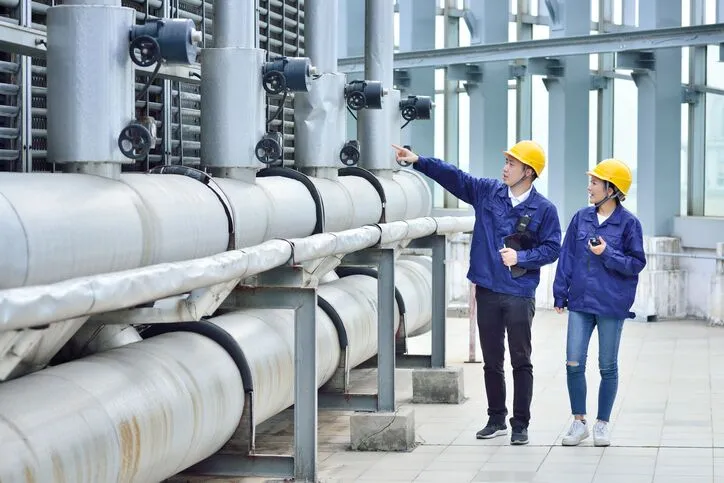
Final Thoughts: Manufacturing as a Strategic Differentiator
From U.S. engineering hubs to Italian innovation labs, Chinese component factories, and Mexican high-volume lines, Culligan has created a globally resilient and locally credible supply chain. This global orchestration enables the brand to deliver custom solutions for industrial clients, and dependable, premium products for consumers—while maintaining its powerful “Made in USA” image.
In an age where water quality, environmental impact, and product transparency matter more than ever, Culligan’s global manufacturing strategy is not just a background operation—it’s a core part of what makes its products trustworthy.

